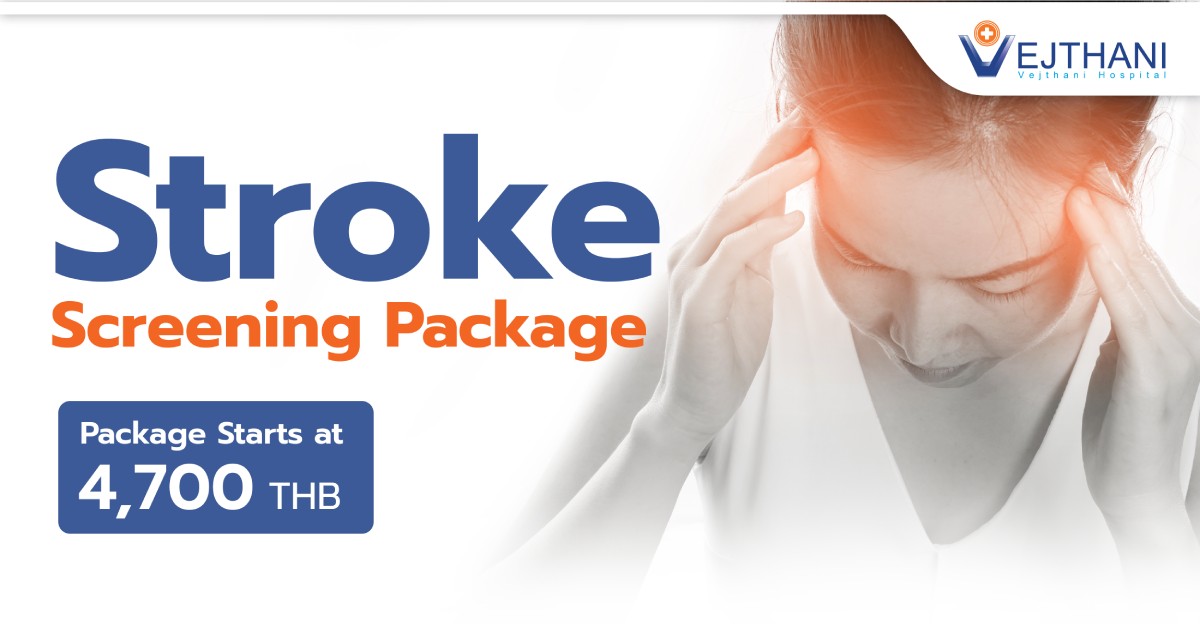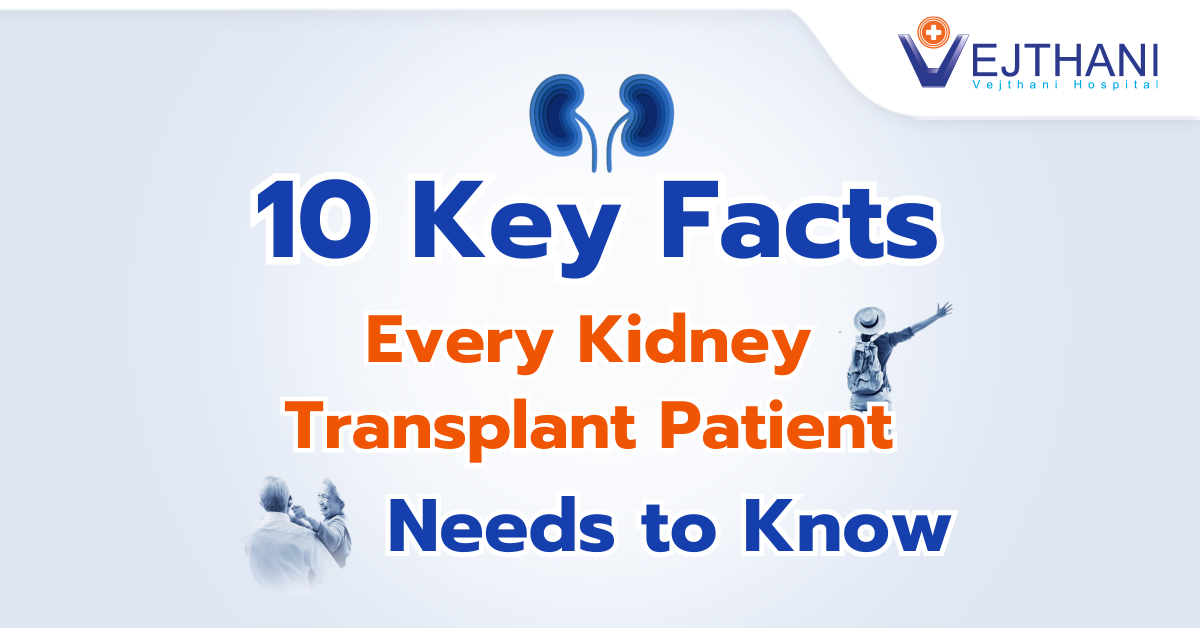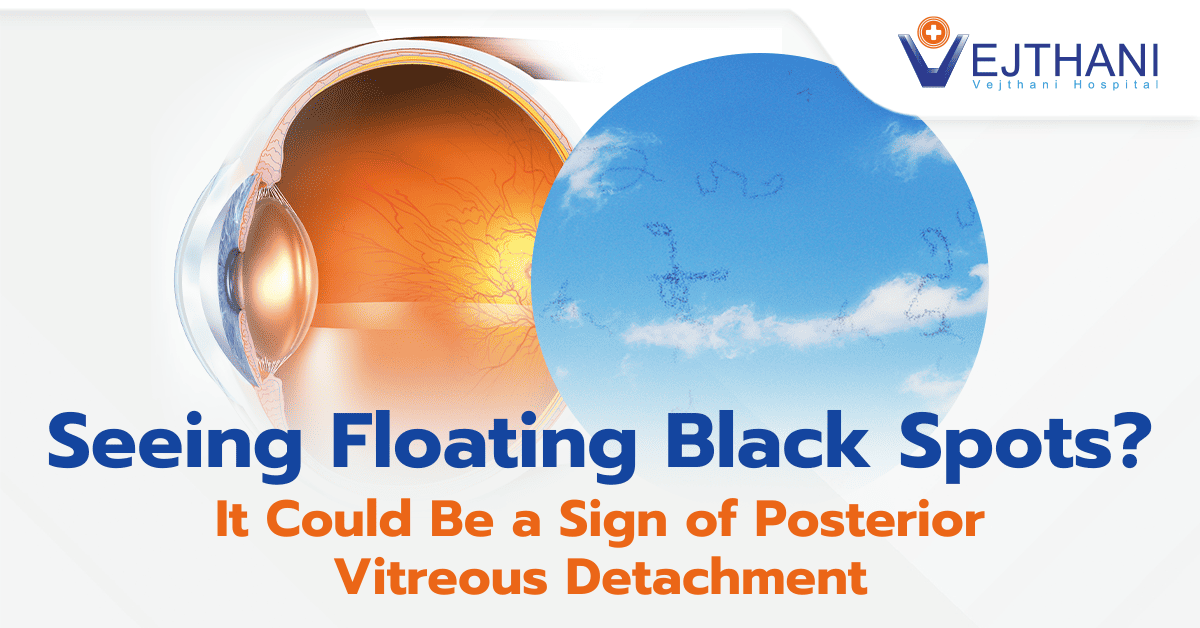
Carbon dioxide laser resurfacing
Overview
Carbon dioxide laser resurfacing is a widely used treatment for a variety of skin conditions. This technology allows for the precise removal of thin layers of skin with minimal heat damage to surrounding tissues. Common conditions treated with carbon dioxide lasers include wrinkles, photodamage, scars, warts, linear epidermal nevi (birthmarks), and rhinophyma (enlarged oil glands on the nose).
This technology has been utilized for many years to treat both benign and malignant skin conditions. The latest generation of carbon dioxide lasers features very short-pulsed light energy (ultrapulsed) or continuous light beams delivered in a scanning pattern. These advancements have significantly improved the ability to rejuvenate sun-damaged and wrinkled skin.
Carbon dioxide laser resurfacing complements other skin treatment options such as tretinoin products, vitamin C lotion, alpha hydroxy acids, chemical peels, microdermabrasion, collagen or fat augmentation, and botulinum toxin. When considering this procedure, it is important to choose a surgeon with documented training and experience in laser surgery to ensure the best outcomes.
Reasons for undergoing the procedure
Several skin conditions are treated with carbon dioxide lasers, such as:
- Rhinophyma, or swollen nasal oil glands
- Birthmarks known as linear epidermal nevi
- Sun damage
- Scars
- Rhytides, or wrinkles
- Warts
Risk
Like most medical procedures, carbon dioxide laser resurfacing has potential risks and side effects. It is generally advised to quit smoking before the procedure due to its negative impact on the healing process.
Potential risks may include:
- Acne flares: This can clear up on its own or be managed with standard acne treatments. This might happen following laser resurfacing.
- Bacterial infections: Antibiotics may be prescribed for seven to ten days before surgery and continuing afterward to avoid infections.
- Milia: These can be removed by gently cleansing with a washcloth or by a dermatologist using a blade to release the cyst material. During the healing process, milia or little white lumps or cysts may develop in the laser-treated areas.
- Postoperative swelling: Patients should sleep with an extra pillow and use ice packs for the first 24 to 48 hours to help minimize swelling. Postoperative swelling is normal and can be reduced with intramuscular steroids.
- Reactivation of a cold sore caused by Herpes simplex: Administering an antiviral medication before the treatment and continuing it for seven to ten days after can prevent reactivating herpes simplex cold sores, especially with laser resurfacing around the mouth.
- Scarring: Areas treated with lasers may sustain scarring, although uncommon.
- Skin discoloration: Laser-treated areas may develop hyperpigmentation (darkening) or, rarely, hypopigmentation (lightening). Hyperpigmentation can usually be treated with bleaching cream, while hypopigmentation is more challenging to address.
Before the procedure
Carbon dioxide laser resurfacing is typically done on an outpatient basis, meaning patients can go home the same day. Avoiding sun exposure for four weeks before the treatment and using sunscreen generously before and after the procedure is recommended.
The procedure uses local anesthesia to numb the treatment area and is often accompanied by sedative medications administered orally or intravenously to help the patient relax and ensure comfort during the procedure.
During the procedure
A full-face laser resurfacing procedure takes one and a half to two hours, whereas a partial-face procedure takes 30 to 45 minutes.
The treatment areas are numbed with a local anesthetic, though general anesthesia may be necessary if the entire face is treated. Either a full-face laser resurfacing procedure or individual treatments are available for wrinkles around the mouth, eyes, and forehead.
After the procedure
Healing typically depends on the laser’s intensity setting and the type of condition that was treated. Stronger settings usually mean a longer recovery period. Recovery may take 10 to 21 days.
After laser resurfacing, a non-stick dressing is applied to the treated sites for 24 hours. To avoid any scab formation, which might lengthen the healing process and raise the risk of scarring, an after-care treatment may be prescribed. This may include needing to clean the areas with saline or diluted vinegar solution two to five times daily, followed by applying a petroleum-based ointment.
Outcome
After undergoing healing, it’s advisable to generously moisturize and consider reintroducing Retin-A and/or glycolic acid products approximately six weeks later or as directed by your healthcare provider.
To minimize the risk of hyperpigmentation following laser treatment, especially for individuals with darker skin tones, using a bleaching agent before and continuing its application post-surgery can be beneficial.
It’s crucial to apply a daily sunscreen with SPF 30 or higher, specifically formulated for facial use and offering broad-spectrum protection against both UVB and UVA rays. This helps protect the recently treated skin.
Following healing, some individuals may experience redness, which typically diminishes within two to three months but can persist for up to six months, particularly in those with blonde or red hair. Using oil-free makeup can help conceal the pink-to-red discoloration often observed after laser resurfacing, with green-based makeup being particularly useful for counteracting redness.
Contact Information
service@vejthani.com






















